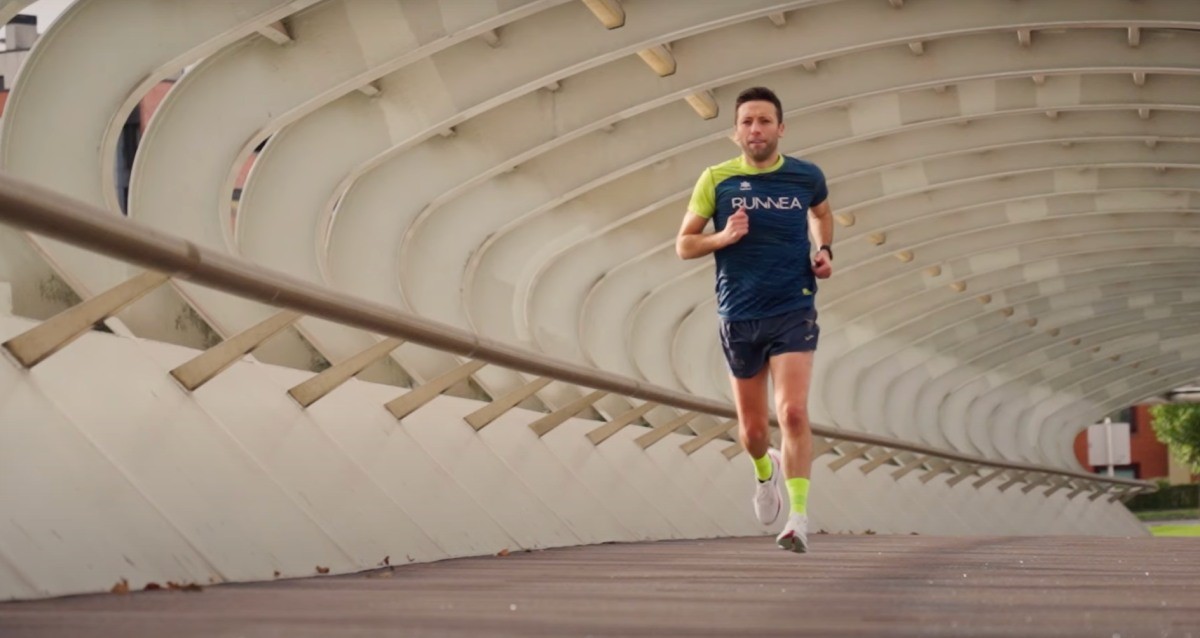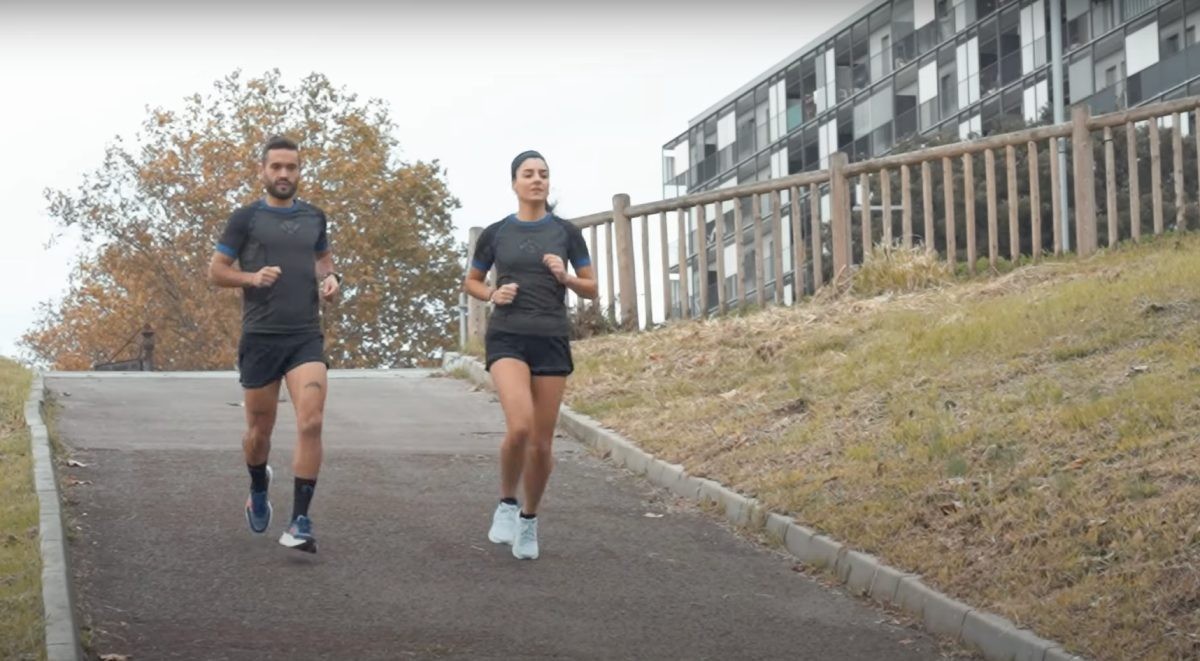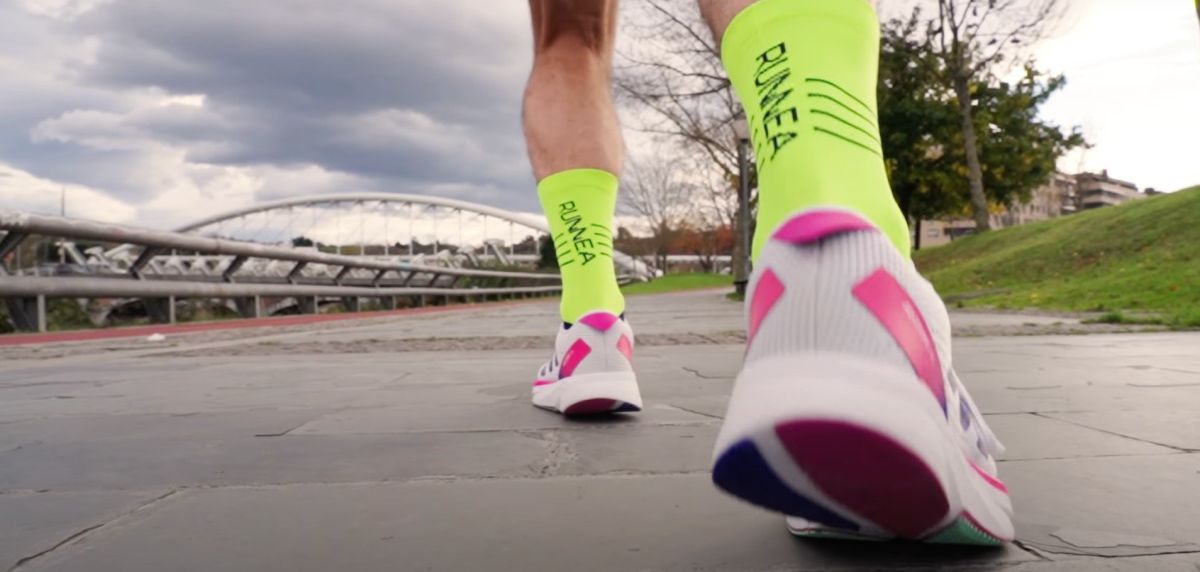- You may be interested in:
- Is it true that carbon fiber plate shoes improve performance?
It is no longer news that running has become an activity that is gaining more and more followers around the world. It is not only a way to keep fit, but also a way to clear the mind, relieve stress or enjoy nature with the rise of trail running after the pandemic.
However, for those runners whose goal is to put on their running shoes in order to compete and improve their performance, there is an approach that we are going to explain to you in this article that you may not know about: Slow running.
Not sure which shoe to choose?
In a few simple steps we help you to choose the ideal running shoe for you.
GO TO THE RECOMMENDER
Stephen Seiler, a professor at the University of Agder in Norway, has studied the science of elite runner training for years and has found that most elite runners spend approximately 80% of their training time running at low intensity and only 20% of their time training at higher intensities.
80/20 Ratio
This approach, known as the 80/20 ratio, has become increasingly popular among runners worldwide. According to Professor Seiler, running at a low to moderate intensity for the majority of training time not only helps improve performance, but also helps prevent injury and maintain motivation. Seiler has also shown that this approach can be effective for runners of all levels, from beginners to elite athletes.
By training with the 80/20 ratio, runners can improve their endurance, speed and ability to run long distances.
This approach has become increasingly popular with athletes around the world, but why does it work?
One reason is that running at low intensity helps the body develop the ability to burn fat as a source of energy, rather than relying exclusively on carbohydrates. The body has a limited amount of stored carbohydrates, which means that if a runner relies solely on carbohydrates for energy, he or she is likely to run out of fuel during a long run. In addition, running at low intensity also helps develop the body's aerobic capacity.
When we run at a high intensity, the body tends to use the anaerobic pathway for energy, which produces lactic acid and can lead to muscle fatigue. However, when we run at low to moderate intensity, the body uses the aerobic pathway, which helps build endurance and delay fatigue.
A theory supported by several scientists

Other studies have supported Seiler's theory of the 80/20 ratio. Veronique Billat, a researcher at the University of Paris, has studied elite runners and found that those who spend more time running at low intensity perform better in long-distance races.
Jonathan Esteve-Lanao, a professor at the European University of Madrid, has also investigated the relationship between training intensity and performance. His study focused on the relationship between training intensity and performance in long-distance runners.
To do this, he analyzed a group of elite runners and measured their oxygen uptake capacity (VO2max), a measure of aerobic efficiency.The results of the study showed that runners who performed more high-intensity training, such as sets and repetitions, had a significantly higher VO2max than those who performed less high-intensity training.
However, it also found that runners who combined high- and low-intensity workouts, in a ratio of 80/20, had an even higher VO2max than those who only did high-intensity workouts.In addition, the study found that runners who performed more low-intensity workouts had a greater ability to maintain a steady pace in long-distance races.
This is because low-intensity training improves the muscles' ability to use fat as fuel, which delays the onset of fatigue.
In summary, the Esteve-Lanao study suggests that a combination of high- and low-intensity training, in an 80/20 ratio, is optimal for improving VO2max and the ability to maintain a steady pace in long-distance running.
How can the 80/20 ratio be applied in running training?
The key is to spend most of your training time running at low intensity. This means that the majority of training should be done at a pace that allows you to talk without difficulty, known as the "talk zone". Only a small proportion of workouts should be at high intensity, which means that the runner is out of their conversation zone and has difficulty speaking.
Try the RUNNEA Training Method
The RUNNEA training method has been developed over the years with the collaboration of prestigious coaches such as Antonio Bores, Iker Muñoz, Arturo Casado or Marc Roig among others. It follows the 80/20 principle which corroborates that the preparation is lowered by approximately 20% of the total quality training (series, changes of pace, fartlek) and 80% of volume accumulation training at slow paces.
5 reasons why slow running will help you improve your times in middle and long distance races
- Improve your aerobic capacity: By running slowly, your body focuses on using oxygen to produce energy. Over time, your aerobic capacity gets stronger, allowing you to run longer and at a faster pace without getting as fatigued.
- Reduced risk of injury: By running slowly, you reduce the impact your feet have with the ground, thus reducing the risk of injury. In addition, slow training also allows you to adapt your muscles, bones and tendons gradually, decreasing the risk of long-term injury.
- Developing mental toughness: Slow running can be mentally challenging, especially if you are used to running at a faster pace. However, by training at a slower pace, you develop mental toughness and learn to resist fatigue and pain, which can help you achieve better times in middle- and long-distance races.
- Increased recovery: By running slower, you reduce the impact on your muscles and joints, which means your body needs less time to recover. This allows you to train more often and at a higher level, which can lead to better performance in middle and long distance races.
- More efficient training: Running slow may seem less effective than running at a faster pace, but in the long run, it allows you to train more efficiently. By spending most of your training time at a slow pace, you reduce the risk of fatigue and injury, which means you can train longer and harder. This can lead to improved running times in the future.
Read more news about: Running Training





























